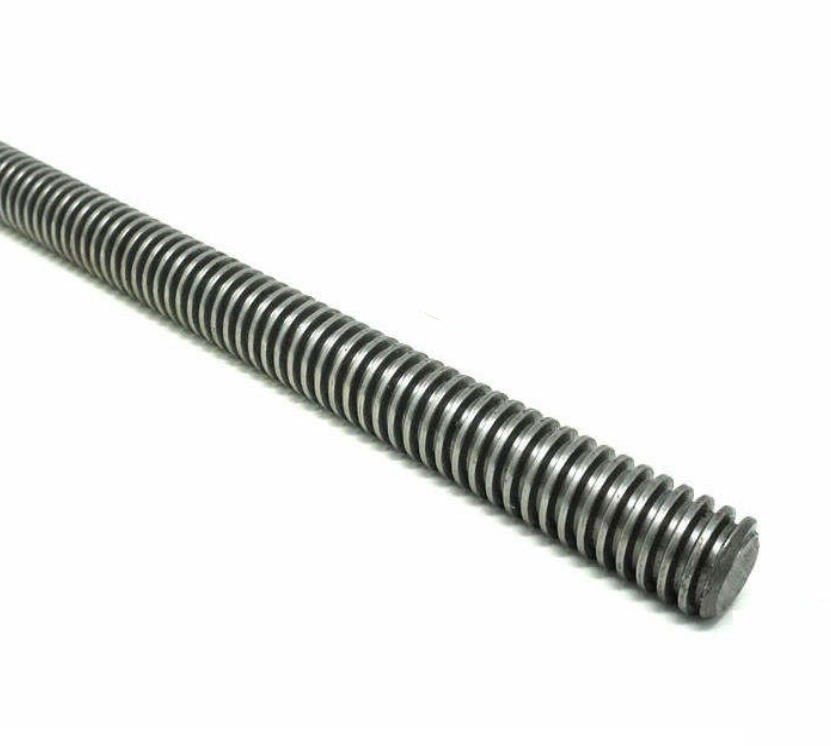Have you heard of trapezoidal threads?
2025-11-04
Trapezoidal threads have isosceles trapezoidal threads profile. They have a deeper thread depth and a wider contact surface than ordinary machine threads, resulting in stronger shear and bending resistance, making them suitable for workpieces subjected to high loads. Because of the larger contact surface, trapezoidal threads have lower pressure per unit area, making them more wear-resistant.
International Standard (ISO): Follows ISO 2904-1977, threads angle 30°, pitch divided into coarse (e.g., Tr40×7) and fine (e.g., Tr40×3), thread tolerances 5H, 6H, 7H (internal threads) and 5g, 6g, 7g (external threads).
American Standard (ACME): ANSI B1.5-1997, threads angle 29°, including ACME thread and Stub ACME thread.
German Standard (DIN): DIN 103-1998 is compatible with ISO standards, threads angle 30°. Trapezoidal thread nuts and bolts, often made of high-strength alloy steel, are core components of machine tool lead screws, lifting equipment, and hydraulic cylinders, and are widely used in the following fields:
1. Machine tool transmission systems: lead screws and nuts;
2. Lifting and hoisting equipment: jacks, elevators;
3. Press machinery and hydraulic systems: presses, injection molding machines;
4. Construction and engineering machinery: scaffolding adjusting screws, concrete mixers;
5. Automobiles and vehicles: steering systems, suspension systems.





